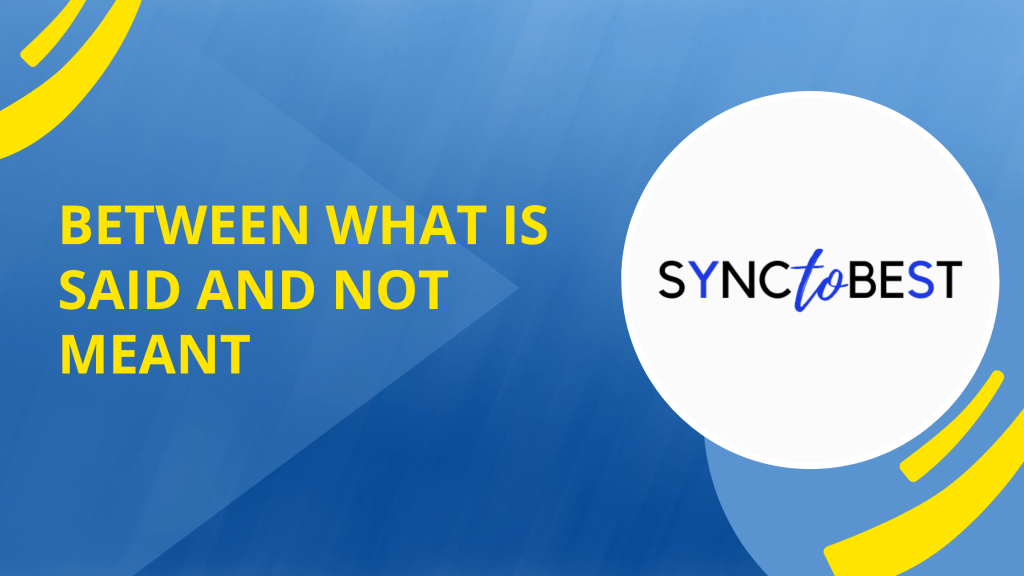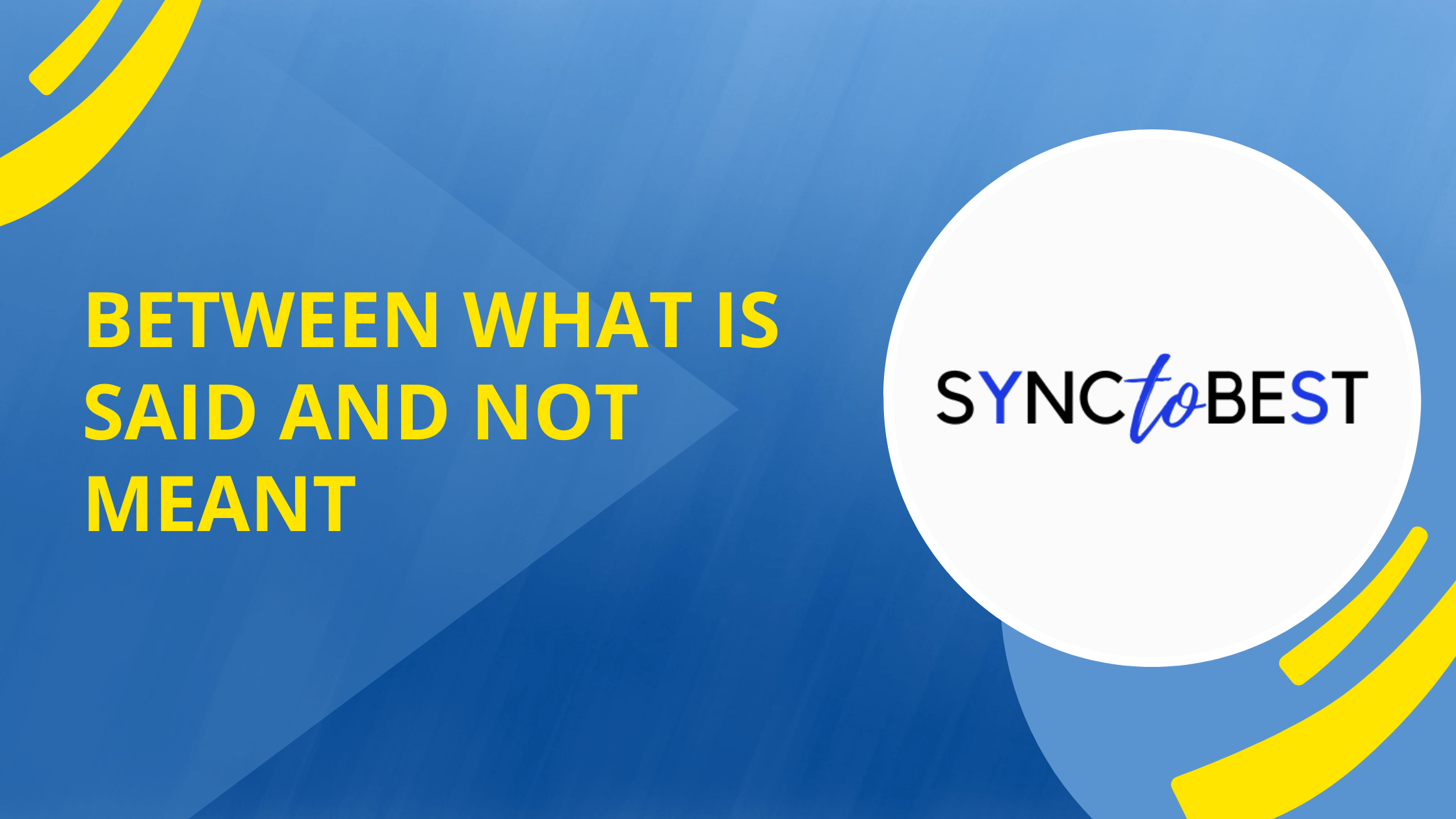Communication allows us to share information, thoughts, and feelings. When words don’t match meaning, communication becomes complicated. This article examines communication’s complexities, including verbal expression’s limits, context’s impact, unspoken messages’ strength, and effective communication tactics.
The Gap Between Words and Intentions
The Limitations of Verbal Communication
Verbal communication relies heavily on words to convey meaning, but it is not always sufficient to fully express thoughts, emotions, or intentions. Words can be imprecise, open to interpretation, and influenced by individual perspectives. Additionally, factors such as tone of voice, emphasis, and timing can significantly impact the intended message.
Nonverbal Cues and Body Language
Nonverbal cues and body language often provide additional layers of meaning in communication. Facial expressions, gestures, posture, and eye contact can convey emotions, attitudes, and underlying intentions that may contradict or enhance the spoken words. Paying attention to these nonverbal cues can provide valuable insights into the true meaning behind the communication.

The Influence of Context
Cultural Differences and Communication
Communication is profoundly influenced by cultural norms, values, and expectations. Different cultures may have distinct communication styles, implicit meanings, and nonverbal cues. What is considered appropriate or respectful in one culture may be perceived differently in another. Understanding cultural differences can help bridge the gap between what is said and what is meant, fostering more effective cross-cultural communication.
Emotional State and Interpretation
Emotional state plays a crucial role in the interpretation of communication. People’s moods, biases, and personal experiences can color their understanding of spoken words. The same statement can be received differently depending on whether someone is feeling happy, sad, or defensive. Recognizing and acknowledging the emotional context can lead to better comprehension and more meaningful conversations.
The Power of Unspoken Messages
Subtext and Implicit Meanings
Communication often carries subtext and implicit meanings that go beyond the surface-level words. Subtext refers to the underlying messages or intentions that may be implied but not directly stated. Understanding subtext requires attentiveness and the ability to read between the lines. It involves considering the speaker’s tone, choice of words, and context to grasp the full intended meaning.
Know more about How to Fix Open Bite Naturally.
Silence and Non-Verbal Expressions
Silence and non-verbal expressions, such as pauses, sighs, or body language, can communicate volumes. They can convey hesitation, discomfort, agreement, or disagreement without the need for explicit words. Paying attention to these non-verbal cues can help bridge the gap between what is said and what is not explicitly meant, allowing for more accurate understanding and effective communication.
Building Effective Communication
Active Listening and Empathy
Active listening is a vital skill in effective communication. It involves fully engaging with the speaker, focusing on their words, nonverbal cues, and emotions. Active listening also includes empathizing with the speaker, trying to understand their perspective, and validating their feelings. By actively listening and showing empathy, we can bridge the gap between spoken words and intended meanings.
Clarifying Intentions and Seeking Understanding
To overcome misunderstandings and ensure clarity, it is important to clarify intentions and seek understanding. This can be done by asking open-ended questions, paraphrasing the speaker’s message to confirm comprehension, and actively seeking feedback. Such efforts demonstrate a genuine interest in understanding the speaker’s true meaning and can help avoid miscommunication and conflicts.
Conclusion
Communication goes beyond words. Verbal expression, context, and unspoken messages create a gap between what is said and what is meant. By recognizing the complexities of communication and actively working to bridge this gap through active listening, empathy, and clarification, we can foster more meaningful connections and enhance the effectiveness of our interpersonal interactions.

